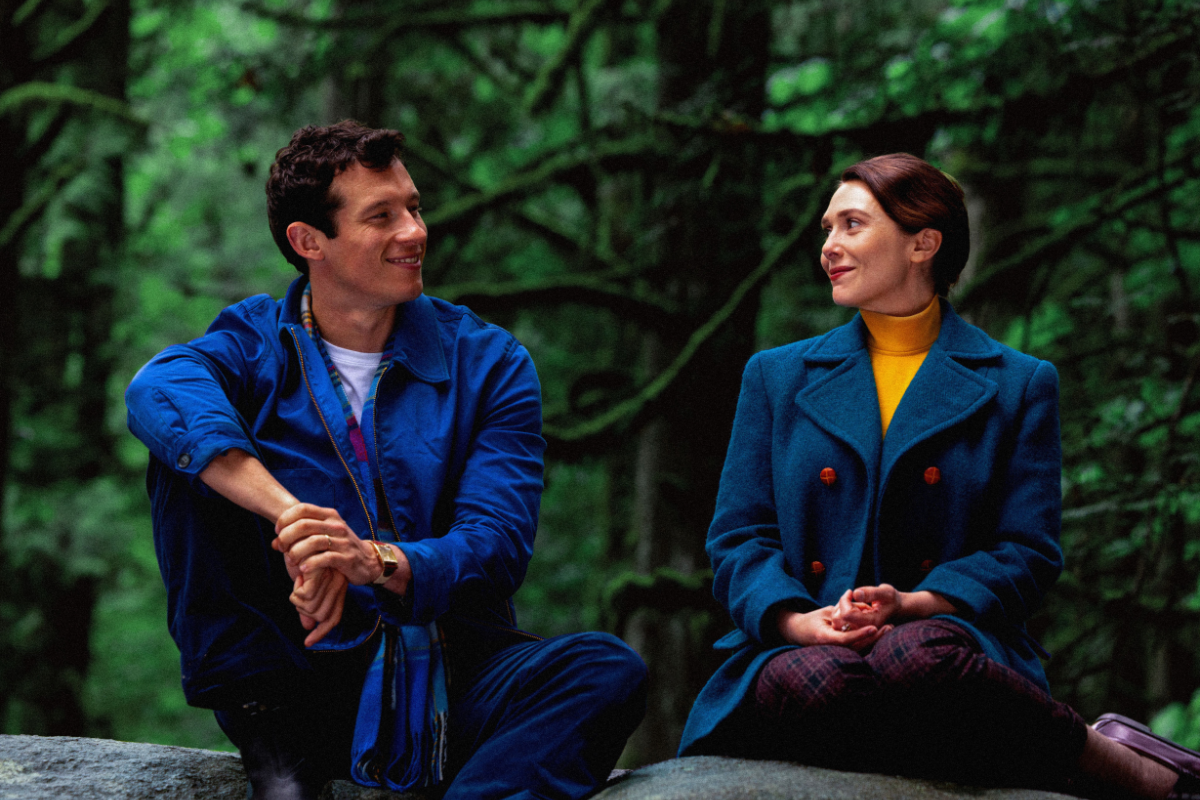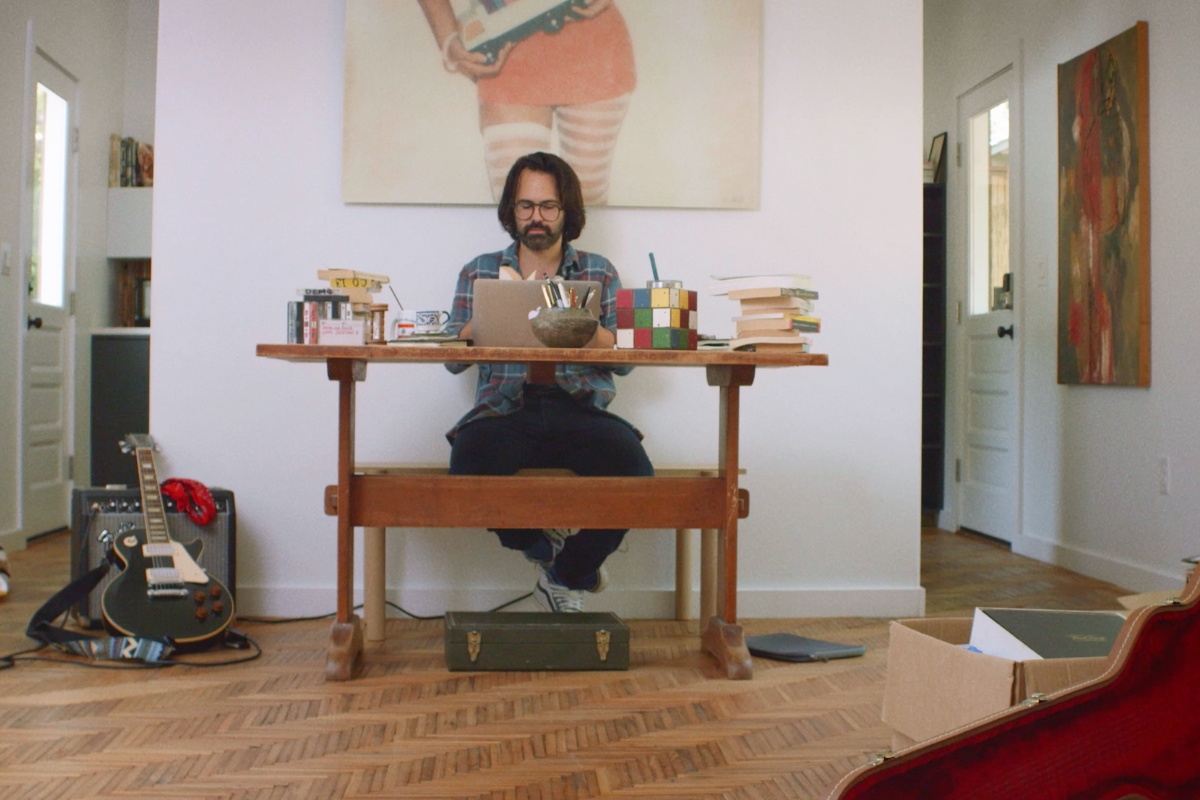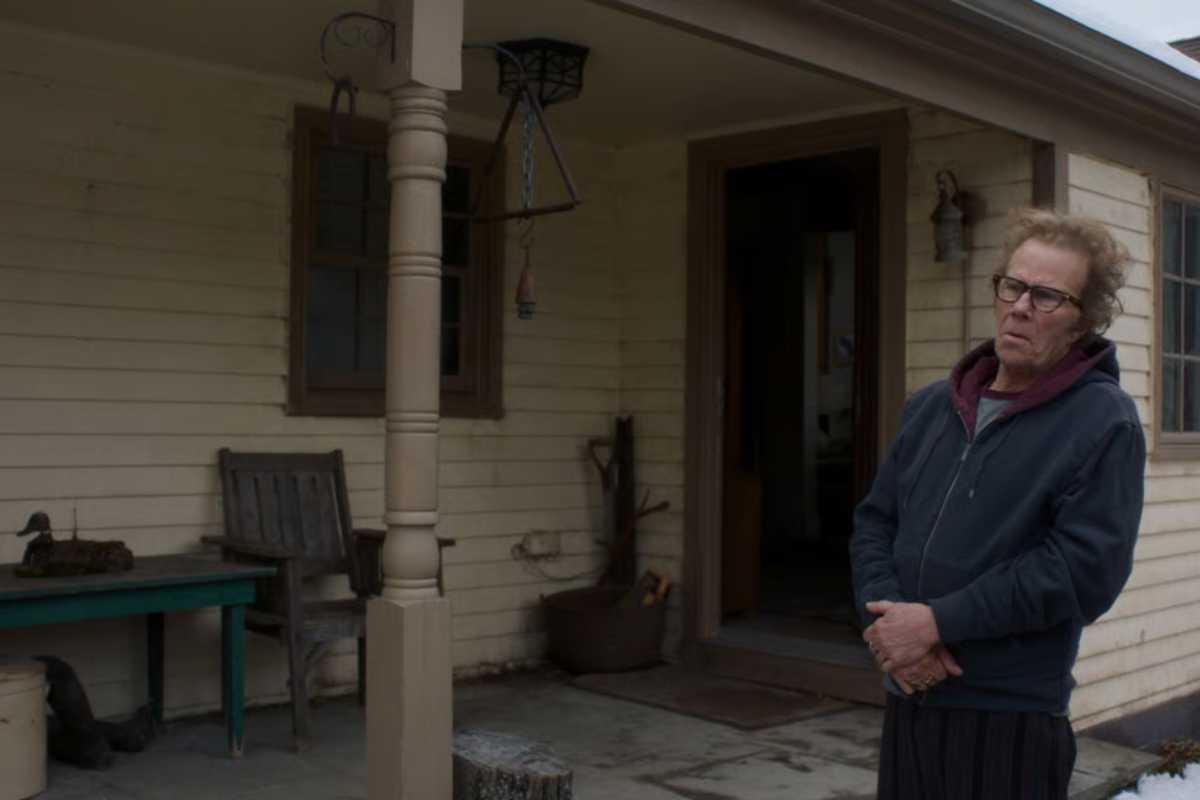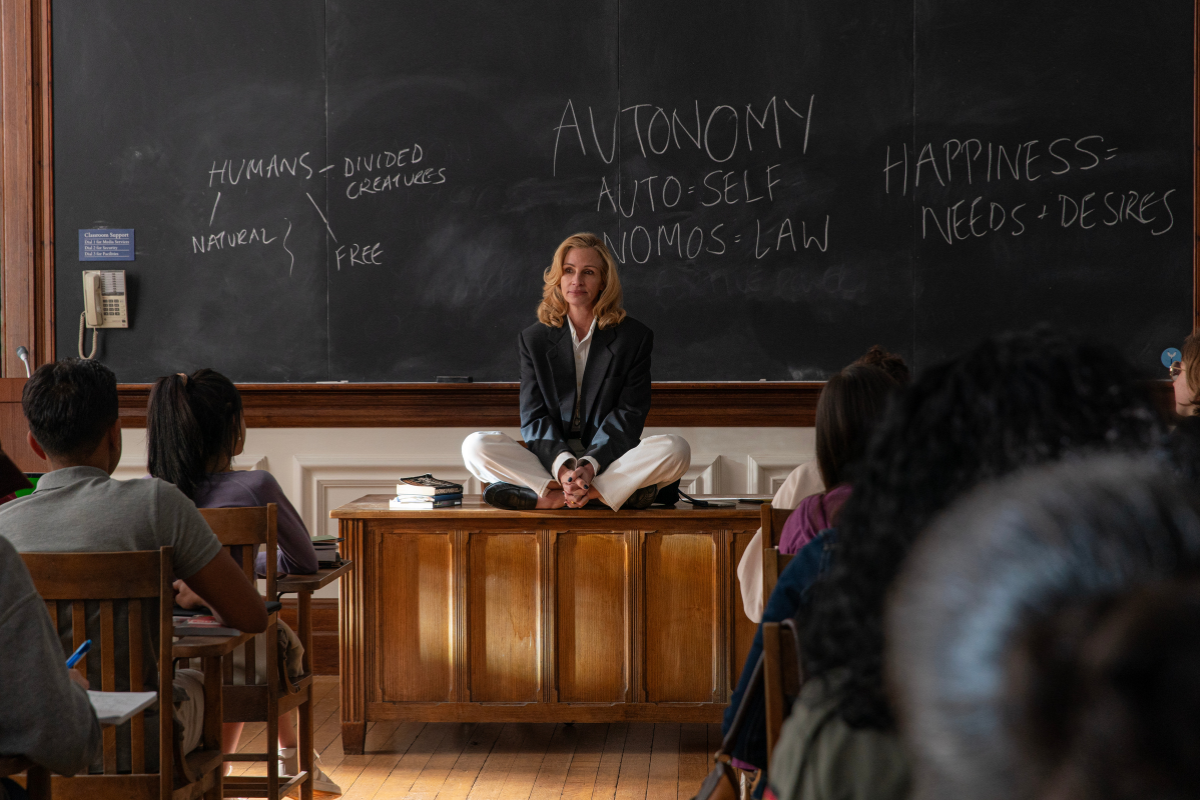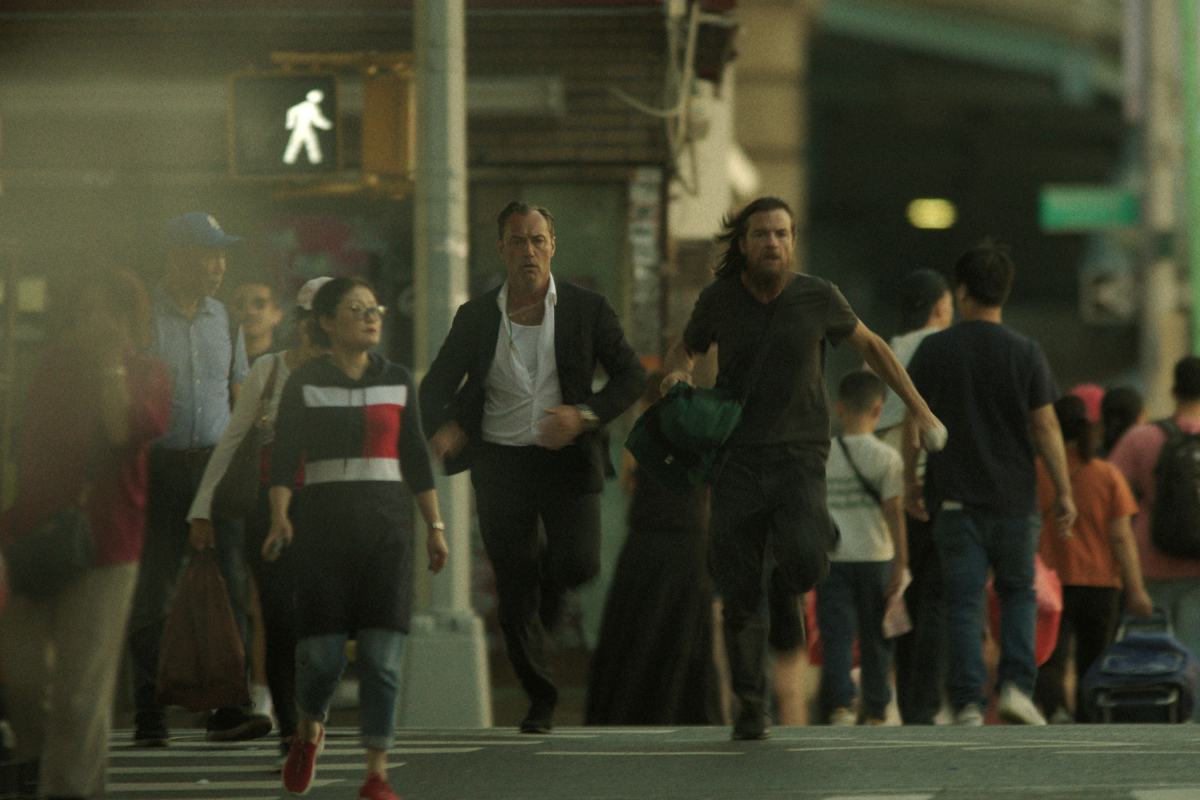The Nuances of Intentionality in Storytelling: A Conversation with Cecilia Peck and Inbal B. Lessner, ACE
‘Escaping Twin Flames’ showrunners Cecilia Peck and Inbal B. Lessner give insight into their process as documentary filmmakers and collaborators, their intention with the film’s subject matter, and how they hope to affect change with the series.
Intentionality in filmmaking is a spectrum filled with nuances. Some directors ignore their actors in order to isolate them into an electric performance. Others participate in tyrannical charades on set to affect fear into the minds of their production crew. The examples of intimidating leadership styles are endless, but they are not the end-all, be-all in successful storytelling.
There are other filmmakers who utilize an entirely different approach to intentionality in their work. The kind that embraces the utmost respect for their subjects. The kind that prioritizes solidarity over manipulation. The kind that imbues rigorous care for the cast and crew and builds trust with each and every interpersonal interaction. “We put a lot of thought into making sure that our filmmaking is ethical and that we’re trauma informed,” says Cecilia Peck who, alongside Inbal B. Lessner, ACE, co-created Escaping Twin Flames, the Netflix true crime documentary series about a cult that preys on people’s desire to find love.
“We've established protocols for making sure our sets are safe and supportive. We also take a lot of care to make sure we don't recreate any conditions that could further exploit them or make them feel pressured to disclose anything they don't want to say. We offer options for concealment,” explains Peck. This vigilance is a reminder that content can not only be powerful and resonate with a large audience, but it can push the door open to the conversation about the importance of how we make things, too.
“We met socially around 2003. I had seen a film Inbal edited, I Have Never Forgotten You: The Life and Legacy of Simon Wiesenthal, which was entirely archival, but it felt to me almost like it was unfolding in real time before your eyes. I just thought her work was brilliant,” recalls Peck, who lights up describing their first interaction. “I saw Cecilia's film Shut Up & Sing,” Lessner adds, “I thought that was a perfect documentary, because it was about women and music and politics and it was really, really well done. So personal and intimate and emotional, but also says so much more about the world and womanhood and sisterhood. We were both intrigued by each other's work.”
From there, these two would go on to collaborate on Brave Miss World, which was their last truly indie documentary. “The stories have always, somehow, found us. Linor Abargil, who had seen Shut Up & Sing, came to Cecilia with her story, which became Brave Miss World. An intern who worked with us on that film brought the NXIVM story to us and, because of Seduced: Inside the NXIVM Cult, we ended up doing Escaping Twin Flames,” describes Lessner. Because of that first indie collaboration, the resonance of that film, and their burgeoning interest in survivors and trauma, they would begin attracting stories. A small, not often highlighted career milestone, but a seismic shift nonetheless.
With streamers at the forefront of documentary now, there is much more opportunity, but filmmakers must evolve to work on tighter schedules. “They're being produced more like a scripted series. You have a production schedule and a certain amount of shoot days and edit days that are all pre-planned, so there's less flexibility to watch the story unfold,” admits Peck. They did two years of research, before they ever wrote their 20-page outline, long before they picked up the phone to pitch it to Netflix.
Once they got the greenlight, they were editing and shooting at the same time. “We always make room for unexpected events and shooting vérité,” confides Peck. She’s referring to a couple of spare shoot days they intentionally tuck away for the end of production, to follow the story.
Math is always key to understanding how arduous it is to be a documentarian. Three hours of episode runtime appear on screen for Escaping Twin Flames. Lessner, ever the editor, begins calculating the rest,“There's over 1000 hours of archival and at least 200 hours of original footage... So, it’s less than 1% [on screen]. And, I'm not even counting all the documents and screenshots and emails and audio recordings, it’s just an ocean.”
For any filmmaker, having a strong point of view helps you sleep at night. “You have to know why it is your point of view,” presses Lessner, going one step further, “For us, it's been the POV of the survivors. Cecilia and I specifically have less interest in what makes a cult leader a sociopath and more interest in how these educated, powerful women end up under the clutches of somebody like that and how they manage to find their critical thinking again, and the strength to come out and survive and thrive after that experience.”
“When you are under the control of someone as manipulative as these cult leaders are, it's very hard to detect the ways in which they are indoctrinating you.” Peck emphasizes that these subjects are processing information and emotions at their own pace, and the delicate nature of that journey. “Our contributors risk a lot by participating. Potential retaliation by the cult, or legal threats, and they also give up a lot of their privacy. They are now publicly associated with having been in a high control group. But they know their stories can help other people get out of coercive relationships or groups or prevent other people from joining. Taking their stories into their own hands is an act of narrative justice that can help others.”
Holistically, Lessner and Peck bring up interesting points on how to affect change with one’s work. Is ‘change’ primarily defined by the subjects and their journeys to heal? Lessner offers up the bolder answer, “If, at the end, we can help influence legislation and help to have better legislation about coercive control in the United States, like there is in Europe, for example, that would be the next step.”
Intentionality, it seems, is on both sides of the equation in different forms... It can construct a cult and it can dismantle one, too. “The unregulated self improvement industry in the US [was] estimated to grow to 13 billion dollars by 2022,” Lessner points out. It’s one final reminder that this could happen to anyone.
Watch Escaping Twin Flames exclusively streaming on Netflix.
Originally from Texas and currently based in Los Angeles, Anne Marie Boidock is a writer who enjoys examining the creative process from inception to fruition, diving in to the intricacies of a project’s lifespan and resonance, and understanding the uniqueness and intimacy of different creative collaborations. Anne Marie also has experience working in entertainment as an indie writer-director and as a creative producer alongside other screenwriters for partners such as Nike’s Waffle Iron, Observatory, PatMa Productions, Somewhere Pictures, Hudlin Entertainment, Unanimous Media, Vox Media, among many others. She has previously contributed to Papercut Magazine.


